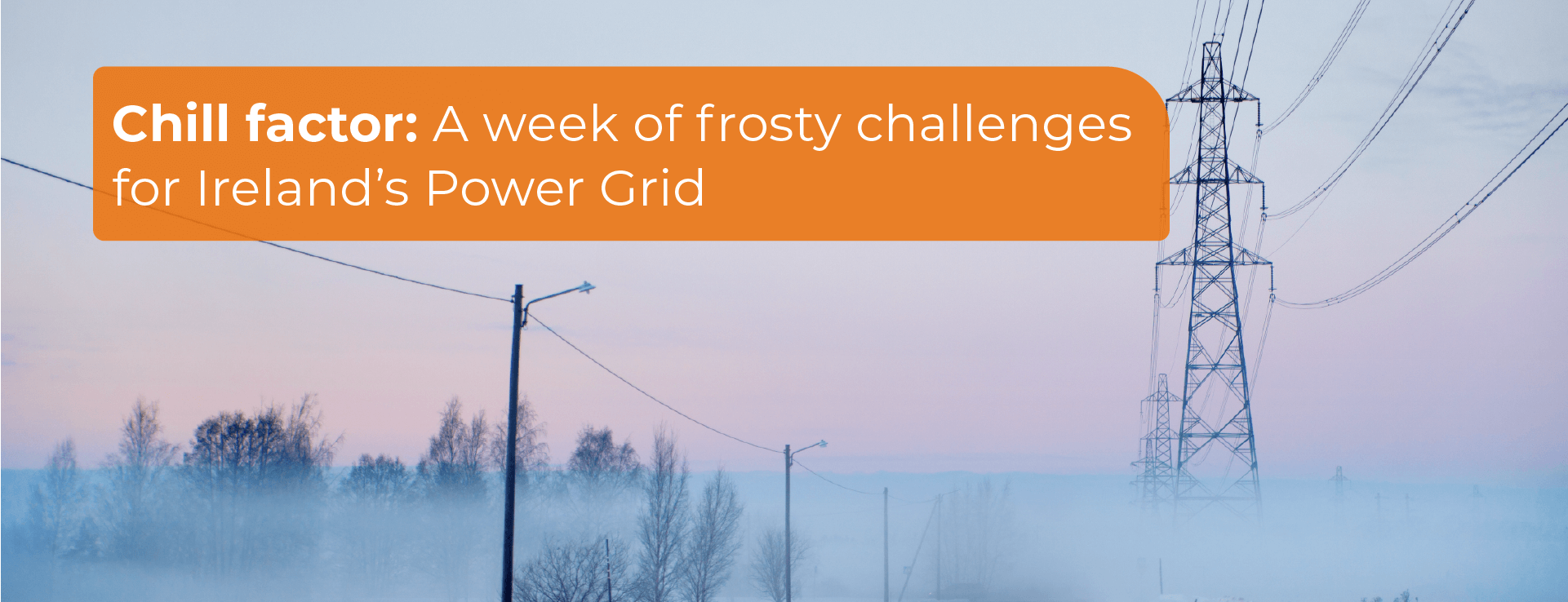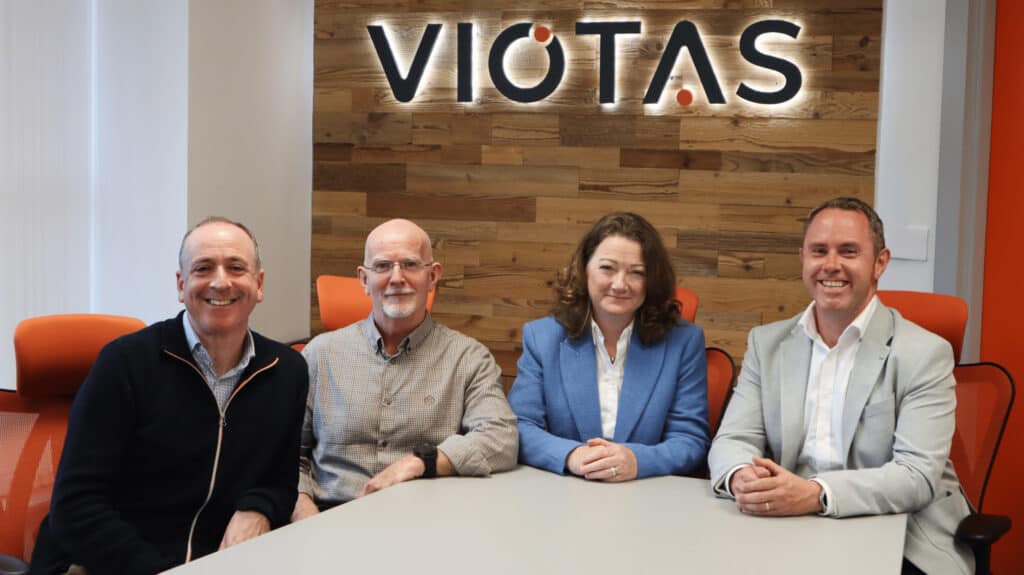
Chill factor: A week of frosty challenges for Ireland’s Power Grid
As the country wakes up to the aftermath of Storm Isha, we look back on the range of challenges the power system encountered during the last seven days. For most of last week, frequently below-zero temperatures drove peak demand conditions, with EirGrid announcing a new all-time record on Thu 18th January. Coupled with a high-pressure weather system sat over Ireland and low levels of wind generation for most of the week, this caused challenges on the power system.
As always, EirGrid managed the situation using all tools available, one of which being Demand Side Units (DSUs), via which large energy users help reduce demand on instruction. These units have been called upon four times so far in 2024; for example, collectively delivering 122 MW over the evening peak on Wed 17th January. With EirGrid estimating each 1°C temperature drop increases peak demand by approximately 40 MW, DSUs, therefore, provided a demand reduction equivalent to a temperature rise of 3°C!
Demand flexibility is essential to achieving Ireland’s goal of 80% renewable electricity generation by 2030 and VIOTAS is ever grateful to its clients which continue to play a key role in this transition!
The passage into the new week then saw Storm Isha hit Ireland over the weekend. This has left thousands without electricity supply and, having damaged a number of transmission lines, caused EirGrid to declare a System Alert status for approximately 4 hours, warning of an elevated risk in case of any further unplanned event. We wish ESB Networks all the best as they start the week with the massive challenge to restore supplies to all customers.
The ability of Ireland’s North Atlantic weather to go from too cold with not enough wind, to having too much wind, within the space of a couple of days reminds us of the range of challenges that must be managed by the power system in order to transition towards a low-carbon system while simultaneously keeping the lights on.



